Introduction
In recent years, artificial intelligence (AI) has made impressive strides, revolutionizing various industries with its ability to perform tasks traditionally carried out by humans. From self-driving cars to machine learning algorithms used in healthcare, AI is becoming increasingly integrated into the fabric of our daily lives. As the capabilities of AI continue to grow, questions about the future of work and the potential displacement of human workers have become more pressing.
Will AI eventually replace human workers in many fields? Or will it complement human labor, creating new opportunities and transforming industries in ways we can’t yet fully predict? The debate is ongoing, with some experts predicting that AI will lead to massive job losses, while others believe that it will merely change the nature of work, creating new roles and enhancing productivity.
This article explores the potential impact of AI on employment, examining the industries that are most vulnerable to automation, the roles AI is likely to take on in the future, and the opportunities it may create for human workers. We will also discuss the ethical, social, and economic implications of AI-driven job displacement and how society can prepare for these changes.
1. Understanding Artificial Intelligence and Its Current Capabilities
A. What is Artificial Intelligence?
Artificial intelligence refers to the simulation of human intelligence in machines that are programmed to think, learn, and problem-solve. AI systems can analyze vast amounts of data, recognize patterns, and make decisions with minimal human intervention. Some key areas of AI include:
- Machine Learning: AI systems that improve their performance by learning from data over time, rather than being explicitly programmed.
- Natural Language Processing (NLP): AI systems that understand, interpret, and generate human language, enabling communication between machines and people.
- Computer Vision: AI systems that interpret visual data, enabling applications like facial recognition, autonomous vehicles, and image analysis.
- Robotics: AI integrated with robots to perform tasks ranging from manufacturing to surgery.
B. Key AI Technologies Enabling Job Automation
- Automation Tools: AI-powered robots, chatbots, and algorithms that can perform repetitive tasks, such as data entry, customer service, and inventory management.
- Predictive Analytics: AI that can predict trends and behaviors based on data, widely used in areas like finance, healthcare, and marketing.
- Autonomous Systems: AI that can drive vehicles, pilot drones, or perform other tasks traditionally done by humans in high-risk or routine settings.
2. Industries Most Vulnerable to AI Automation
A. Manufacturing and Assembly Line Jobs
The manufacturing sector is one of the earliest adopters of AI and robotics. Automation has already taken over many routine, repetitive tasks on factory floors, and this trend is likely to continue. AI-powered robots can assemble products faster, with greater precision, and at lower cost than human workers.
- Impact on Jobs: Workers in assembly line roles, quality control, and machine operation may see their jobs replaced by AI and robotics. However, there is also potential for job transformation, with workers shifting to roles in robot maintenance, programming, and supervision.
B. Transportation and Logistics
Self-driving vehicles and drones are poised to disrupt the transportation and logistics industries. Companies like Tesla, Waymo, and Amazon are already investing heavily in autonomous vehicles and delivery drones, with the aim of reducing human drivers and delivery personnel.
- Impact on Jobs: Truck drivers, delivery drivers, and taxi drivers are among the most vulnerable groups to job displacement as autonomous vehicles become more widespread. However, the rise of autonomous vehicles may create new jobs in vehicle design, maintenance, and logistics management.
C. Customer Service and Retail
AI-powered chatbots, virtual assistants, and self-service kiosks are already revolutionizing the customer service and retail industries. These systems can handle inquiries, resolve complaints, and process transactions, reducing the need for human interaction.
- Impact on Jobs: Customer service representatives, cashiers, and retail workers may face job displacement as AI systems become more sophisticated. However, these workers may be needed in higher-value roles, such as managing AI systems, troubleshooting, and providing human expertise for complex issues.
D. Healthcare and Medical Fields
AI is increasingly being used in healthcare for tasks such as diagnostics, treatment planning, and even surgery. AI systems can analyze medical images, suggest treatment options, and assist with robotic surgeries, all with a high degree of precision.
- Impact on Jobs: While AI may replace some roles, such as radiologists and medical transcriptionists, healthcare professionals like doctors, nurses, and therapists are less likely to be fully replaced. AI may instead augment their capabilities, providing them with tools to make better-informed decisions and improve patient care.
E. Finance and Accounting
The financial sector is already using AI for tasks like fraud detection, risk assessment, and automated trading. AI algorithms can process large datasets to detect anomalies, predict market trends, and automate financial advising and investment strategies.
- Impact on Jobs: Financial analysts, accountants, and even investment advisors could see job displacement as AI systems take over routine tasks. However, AI could also enhance these roles by providing deeper insights and automating tedious processes.
3. Jobs That Are Less Likely to Be Replaced by AI
A. Creative and Artistic Roles
While AI has made impressive strides in generating art, music, and even writing, the creative process still relies heavily on human intuition, emotion, and originality. Artists, writers, musicians, and designers bring unique perspectives and creative ideas that AI is unlikely to replicate in the same way.
- Impact on Jobs: Creative professionals are less likely to face complete job displacement, though they may work alongside AI tools that assist with tasks like design optimization, music composition, or content generation.
B. Jobs Requiring Emotional Intelligence
Roles that require empathy, emotional intelligence, and human connection are less likely to be fully automated. Professions such as therapists, counselors, social workers, and teachers rely on human understanding and emotional support, which are difficult for AI to replicate.
- Impact on Jobs: While AI may assist in these fields (e.g., virtual therapy assistants or AI-powered tutoring), the core functions of emotional connection and personal interaction remain firmly in human hands.
C. Complex Problem-Solving and Strategic Decision-Making
AI excels at tasks involving pattern recognition and data analysis, but it is still limited in areas requiring complex, abstract thinking and strategic decision-making. Roles that involve critical thinking, strategy, and long-term planning, such as senior executives, researchers, and policy advisors, are less likely to be replaced by AI.
- Impact on Jobs: These jobs may evolve to include AI as a tool for data analysis, forecasting, and decision support, but the final decisions and leadership roles will likely remain human-driven.
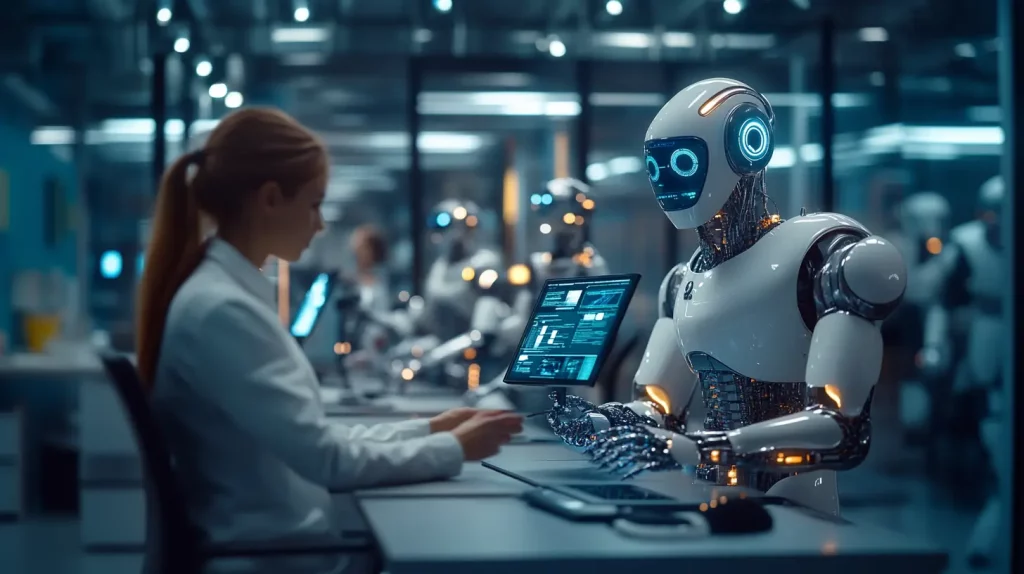
4. AI and the Future of Work: Opportunities and Challenges
A. Job Transformation vs. Job Displacement
While AI may replace certain tasks or roles, it is likely to create new opportunities for human workers. For example, AI development, implementation, and maintenance will require a skilled workforce in areas such as data science, programming, and machine learning.
- Reskilling and Education: The rise of AI will require significant investment in education and reskilling programs to prepare workers for the new roles that will emerge. Workers will need to acquire skills in areas such as technology, data analysis, and AI management to thrive in the evolving job market.
B. Economic and Social Impacts
The widespread adoption of AI in the workplace could lead to significant economic and social changes. While some industries may see increased productivity and growth, others may experience job loss and economic inequality. Governments and organizations will need to address these disparities and ensure that workers are supported through retraining programs, universal basic income (UBI), or other social safety nets.
- AI in the Gig Economy: AI could further fuel the rise of the gig economy, where workers take on short-term, flexible roles rather than full-time positions. This could lead to more flexibility for workers but may also raise concerns about job security and worker rights.
C. Ethical Considerations
The potential for AI to replace human workers raises important ethical questions. For example, who will be responsible for the well-being of workers displaced by AI? How can we ensure that AI systems are designed to serve society’s best interests and not just corporate profits? How do we prevent biases in AI systems from exacerbating inequality?
- Ethical AI Development: Developers and policymakers must work together to create ethical AI systems that prioritize fairness, transparency, and inclusivity, ensuring that AI-driven progress benefits all of society.
5. Conclusion: Navigating the Future of Work with AI
Artificial intelligence has the potential to revolutionize the world of work, offering both challenges and opportunities. While AI will undoubtedly automate many tasks and roles, it will also create new avenues for human workers in fields like technology, data science, and creative industries. The key to a successful AI-driven future lies in embracing change, reskilling the workforce, and ensuring that AI benefits society as a whole.
Rather than viewing AI as a threat to human jobs, it is important to see it as a tool that can enhance human capabilities, allowing workers to focus on higher-level, more creative, and strategic tasks. As we move forward, society must ensure that AI is developed and implemented in ways that are ethical, inclusive, and beneficial to all, preparing the workforce for the changes to come.




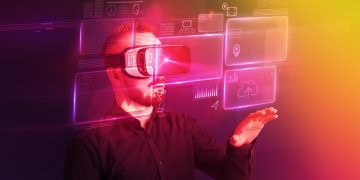








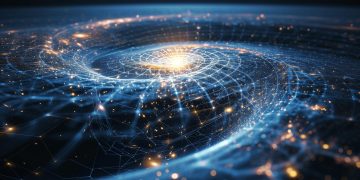


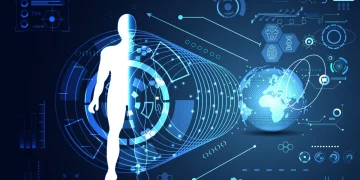


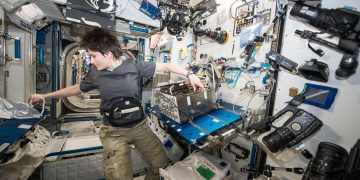








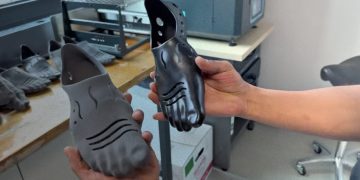


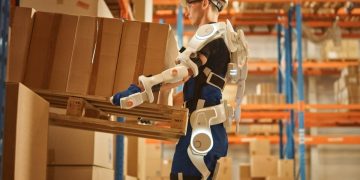

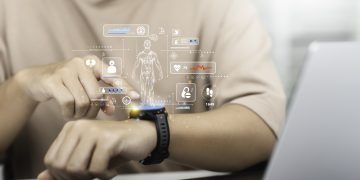
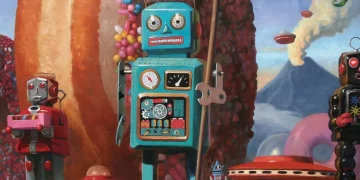


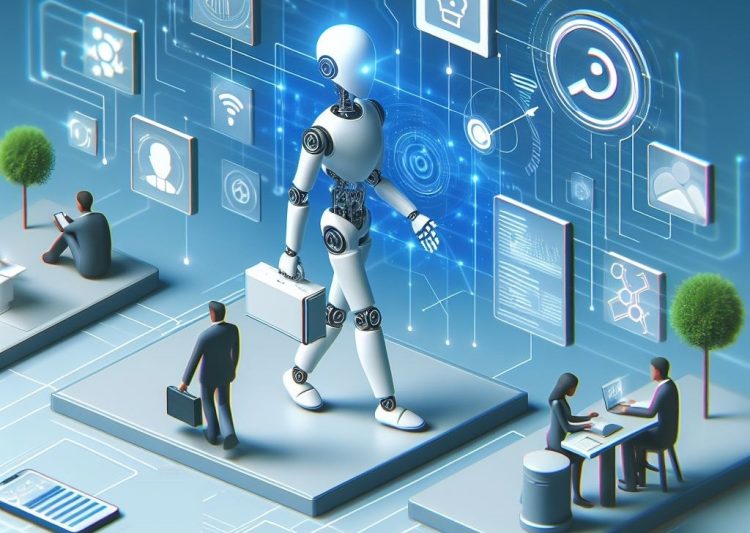












Discussion about this post